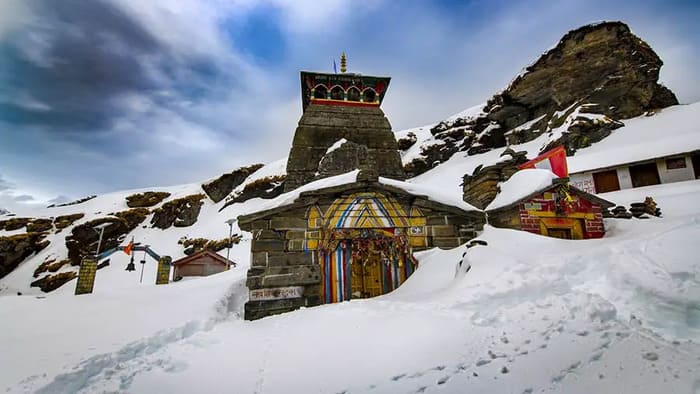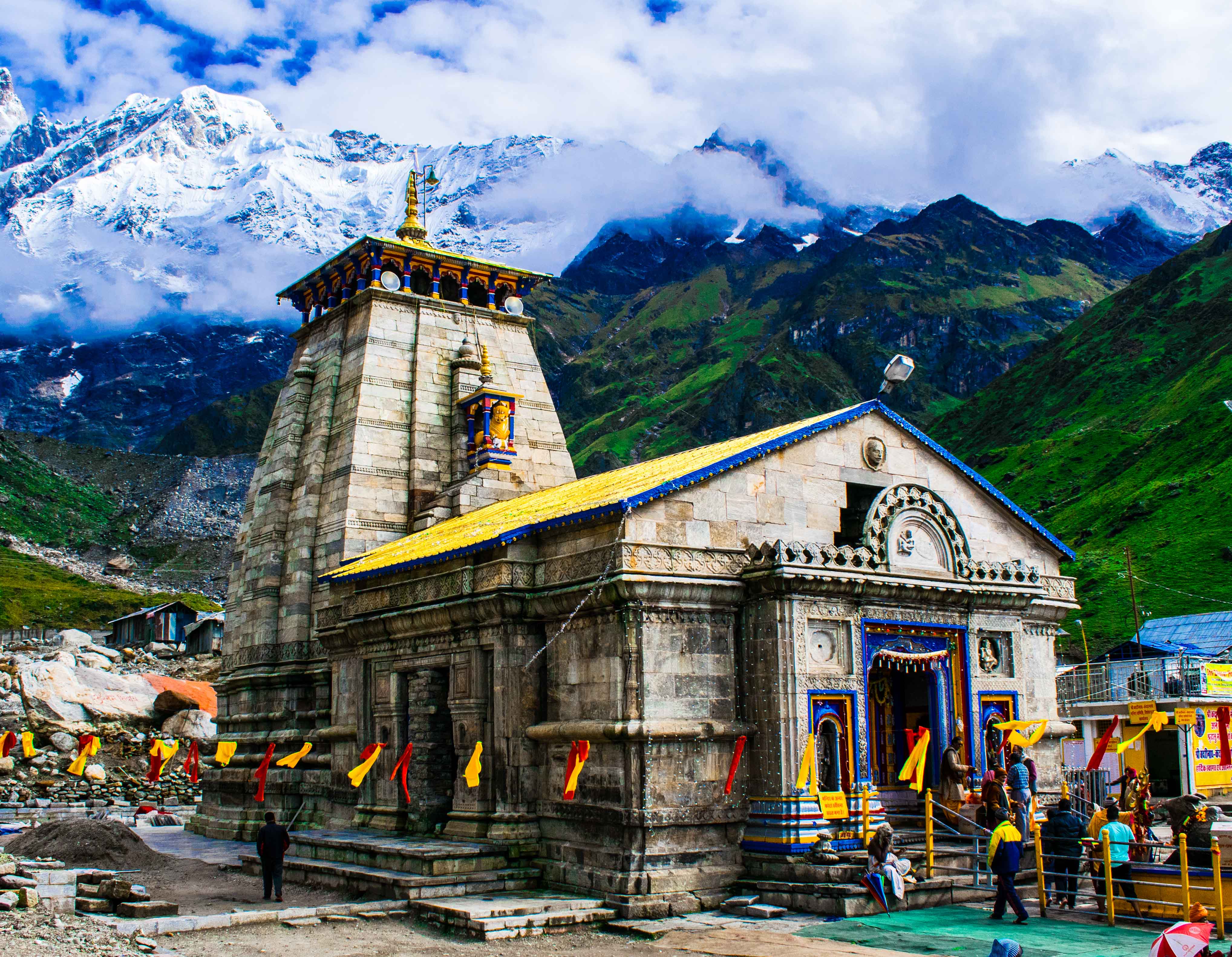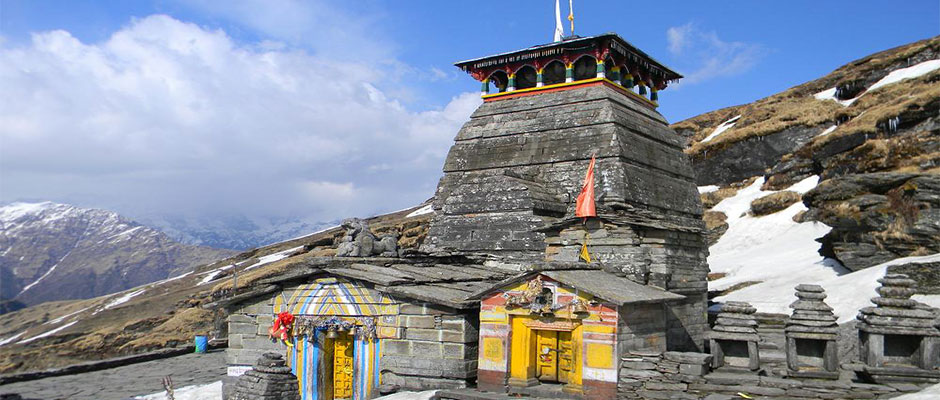.jpeg)
.jpeg)

The Panch Kedar pilgrimage is dedicated to Lord Shiva and consists of five temples located in the Garhwal region of Uttarakhand. These temples are deeply connected to the Mahabharata and the Pandavas’ quest for liberation from their sins. According to legend, after the Kurukshetra war, the Pandavas sought Lord Shiva’s blessings for forgiveness, but he evaded them by transforming into a bull (Nandi). When Bhima recognized him, Shiva dove underground, reappearing in five different places, which today form the Five Kedars:
Pilgrims who undertake this journey believe that visiting all Five Kedars grants liberation (moksha) and the ultimate blessings of Lord Shiva.

Kedarnath, one of the 12 Jyotirlingas, is the most famous and revered of the Panch Kedars. The temple, built by the Pandavas and later revived by Adi Shankaracharya, stands amidst the snow-clad Himalayan peaks. Pilgrims must trek 16 km from Gaurikund or take helicopter services for easier access.
Tungnath Temple is the highest among the Panch Kedars and is believed to be where Shiva’s arms emerged. The trek from Chopta to Tungnath is scenic, passing through meadows and rhododendron forests.

The Rudranath temple is the most mystical and least accessible of the Panch Kedars. Here, the face of Shiva is worshipped in a natural rock formation. Surrounded by alpine meadows and Himalayan peaks, this trek is challenging but spiritually rewarding.
At Madhyamaheshwar, Lord Shiva’s navel and stomach appeared. The temple is located in a lush green valley, offering breathtaking views of Chaukhamba peaks. The trek is long but rewarding, passing through Himalayan villages, forests, and river streams.
Unlike the other Four Kedars, Kalpeshwar is open year-round. It is where Shiva’s hair (Jata) appeared. The temple is situated in a serene valley, and the trek is short and easy, making it the most accessible Kedar.
| Season | Weather Condition | Best for Travel? |
|---|---|---|
| May - June | Pleasant and moderate | ✅ Best time |
| July - September | Heavy monsoon, landslides possible | ⚠️ Risky travel |
| October - November | Clear skies, cold temperatures | ✅ Good for trekking |
| December - April | Heavy snowfall, routes blocked |
❌ Temples closed (except Kalpeshwar) |
For a smooth pilgrimage, it’s best to book a taxi service that can take you to each Kedar’s base point.
Pingo Travels offers:
✅ Well-maintained taxis with experienced drivers
✅ Pickup from Haridwar, Rishikesh, Dehradun & Delhi
✅ Custom Panch Kedar travel packages
✅ Affordable rates and safe transport
📞 Call Now: +91-8077585051
📧 Email: pinggotravels@gmail.com
Book your taxi with Pingo Travels for a safe, comfortable, and spiritually enriching Panch Kedar Yatra 2025!